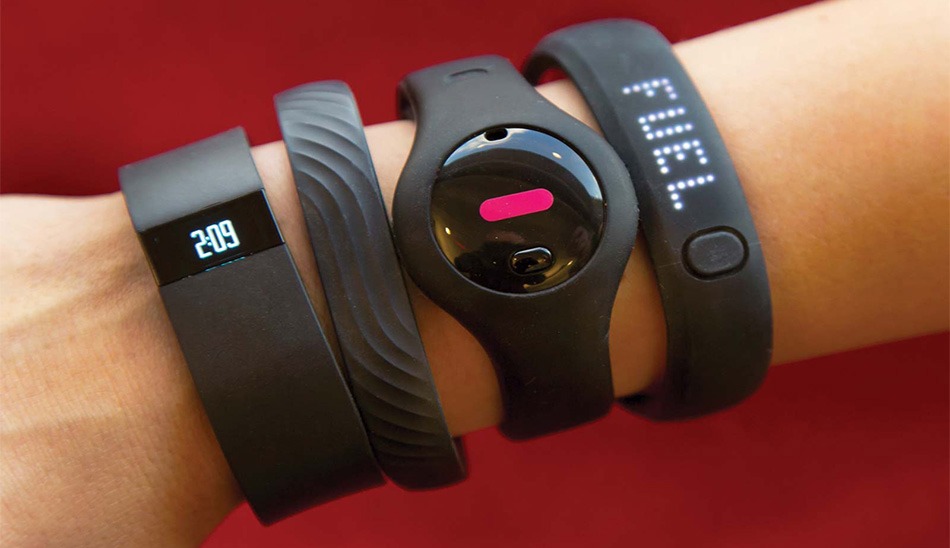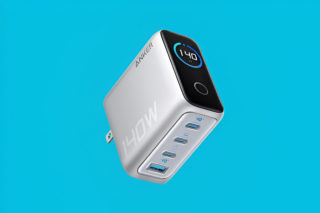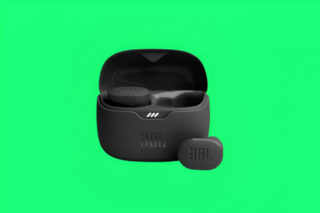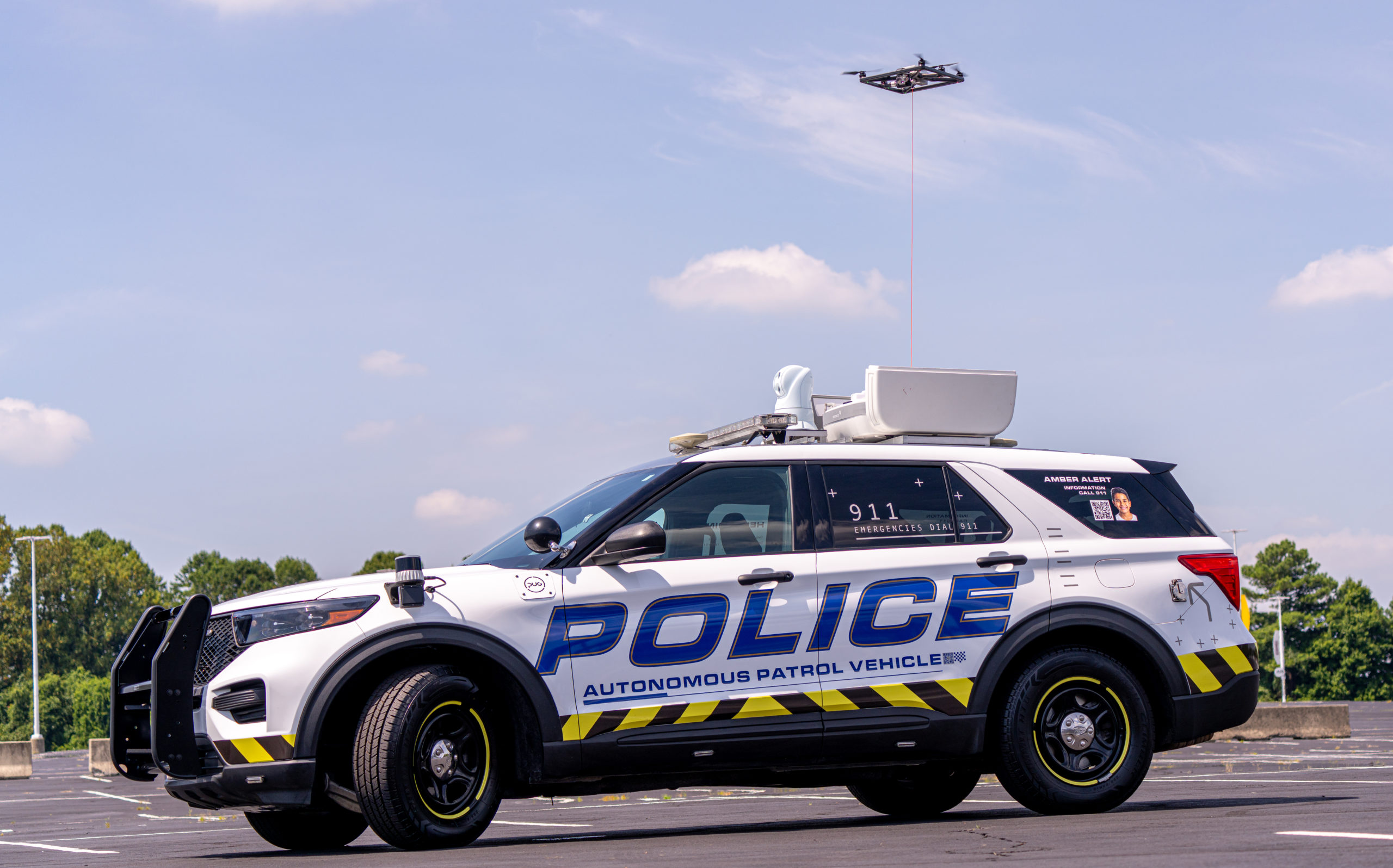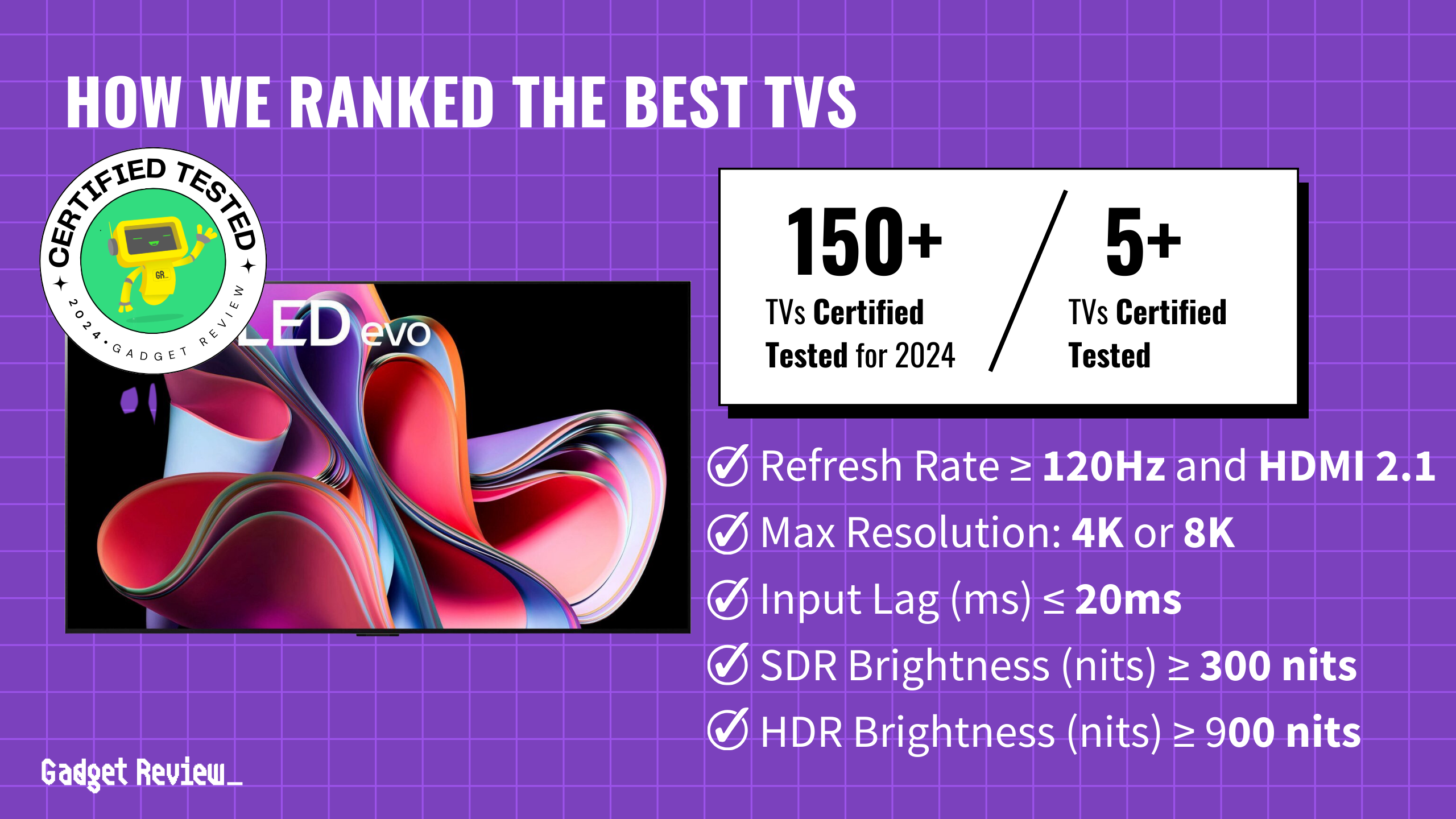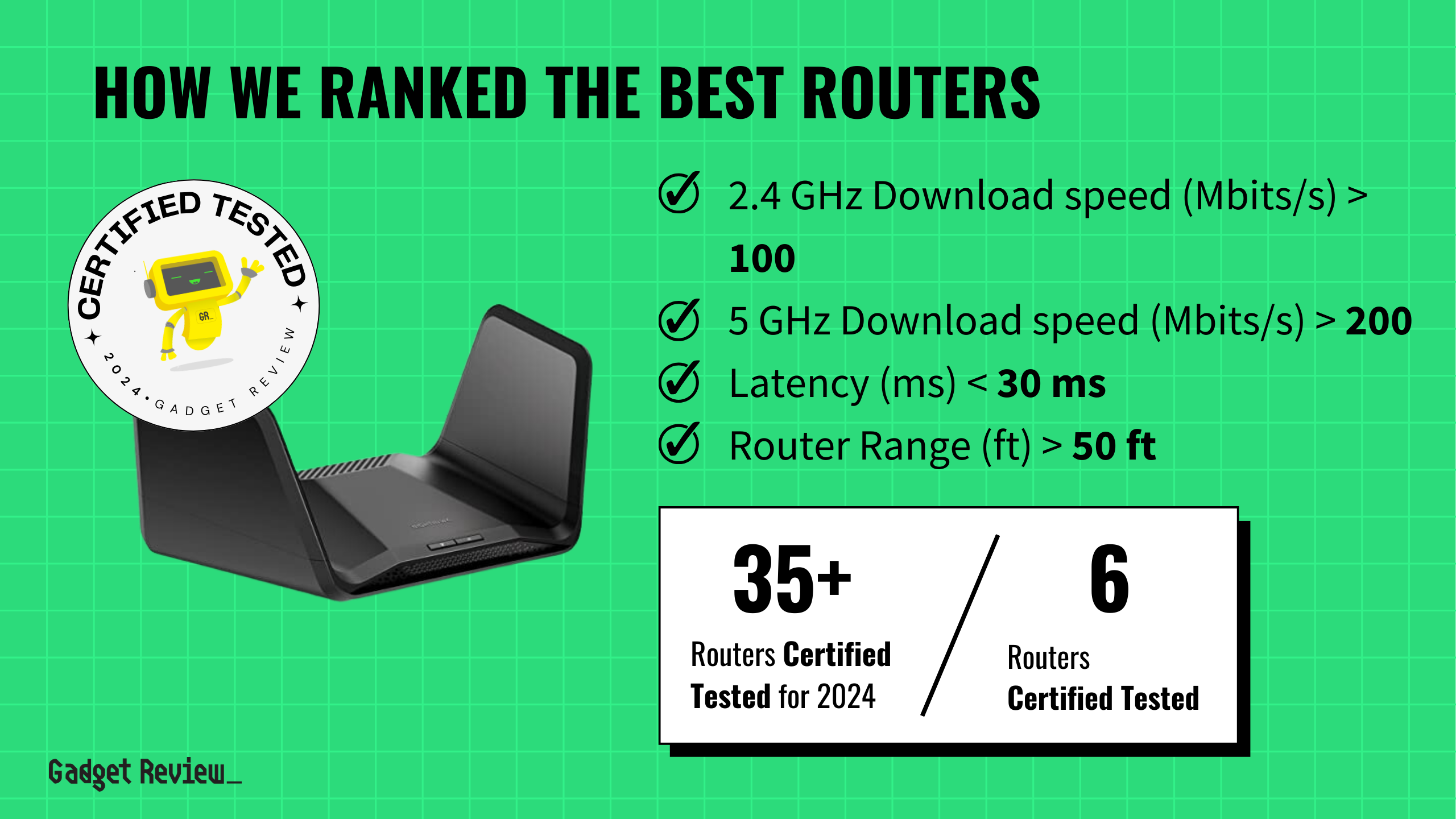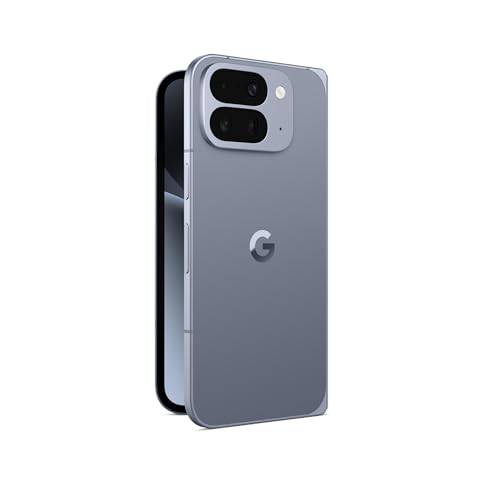Racing against daylight on a remote trail, your Garmin suddenly dies despite showing 40% battery that morning. Your heart rate readings have been wildly inconsistent since the temperature dropped, and you’ve been checking notifications instead of watching for trail markers. Welcome to the dark side of wilderness tech dependency, where the same device that gamifies your daily steps can become a genuine survival hazard.
Battery Life Becomes Battery Lie
Real-world GPS drain destroys manufacturer promises when you need power most.
Laboratory battery claims crumble faster than stale energy bars once you’re actually using continuous GPS tracking. The Garmin Forerunner 965’s advertised 31-hour GPS life can plummet dramatically in poor signal conditions, where your fitness tracker burns through power trying to maintain satellite connection. Apple acknowledges this reality by recommending Low Power Mode for extended outdoor use—essentially admitting their flagship wearable can’t handle what outdoor enthusiasts actually do with it.
When your device dies mid-hike, you’re not just inconvenienced. You’re potentially lost.
Sensors Lie When Stakes Are Highest
Cold weather and altitude make fitness trackers dangerously unreliable precisely when accuracy matters.
Your wrist-mounted health monitor becomes a digital magic eight ball in harsh conditions. Heart rate sensors struggle with cold, wet skin, while altitude throws off SpO2 readings that might indicate dangerous oxygen depletion.
Prevention research reveals fitness trackers consistently over- or underestimate key metrics in challenging environments. Trusting faulty data about your physical state during exhaustion could mean pushing past genuine warning signs—the difference between making camp safely and requiring helicopter evacuation.
Digital Crutches Cripple Survival Skills
Screen addiction replaces map reading and situational awareness with dangerous overconfidence.
Wilderness survival experts consistently recommend carrying map, compass, fire starter, and knife over any digital device, no matter how advanced. Those TikTok-worthy stats become deadly distractions when you should be reading terrain, weather patterns, or potential hazards.
Your fitness tracker trains you to seek digital validation for every decision, eroding the intuitive skills that kept humans alive for millennia. Scientists studying wildlife with similar tracking devices consistently find that real-world variables confound digital interpretation—a lesson that applies equally to human survival.
The irony cuts deep: devices designed to optimize human performance can catastrophically undermine it when optimization becomes survival. Smart wilderness adventurers use trackers as backup tools, never primary navigation. Your Apple Watch makes an excellent paperweight when the battery dies at 8,000 feet.


